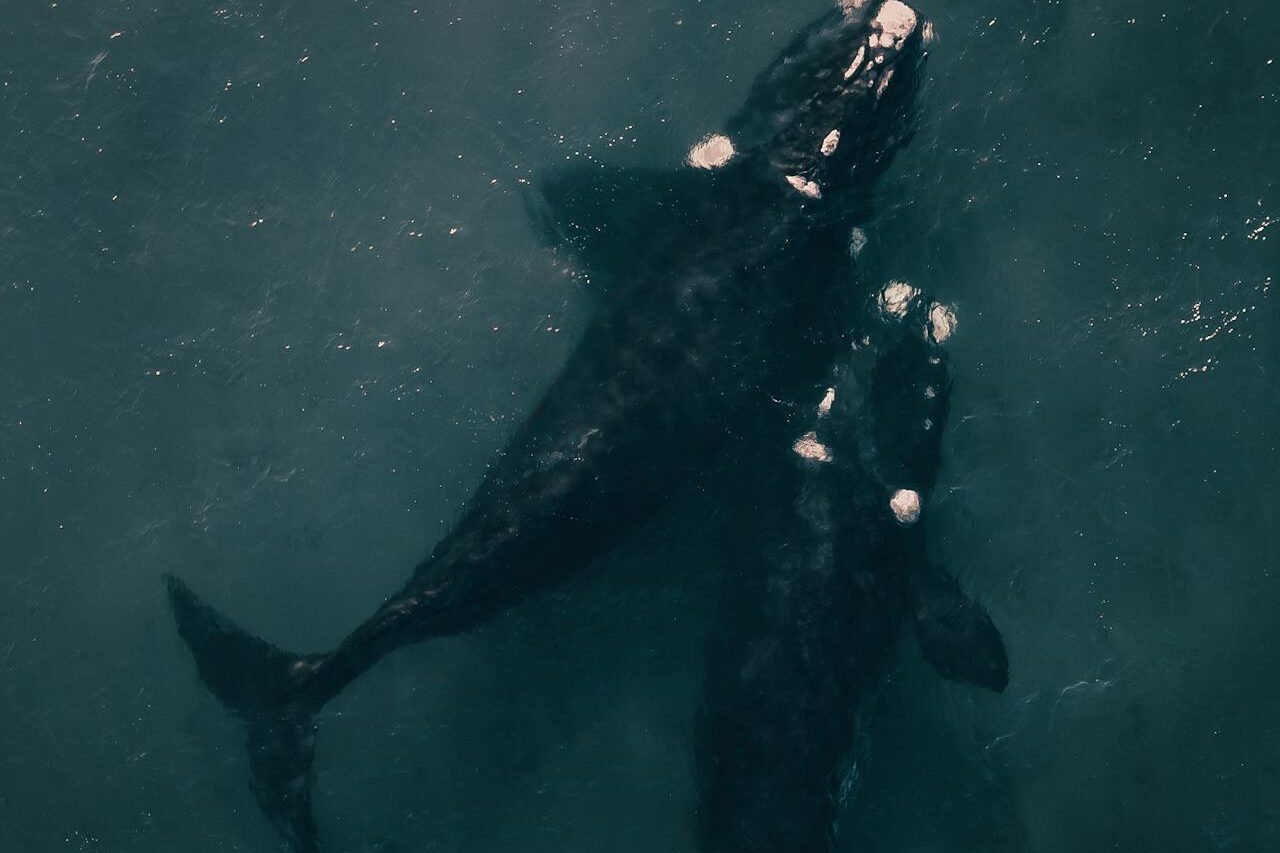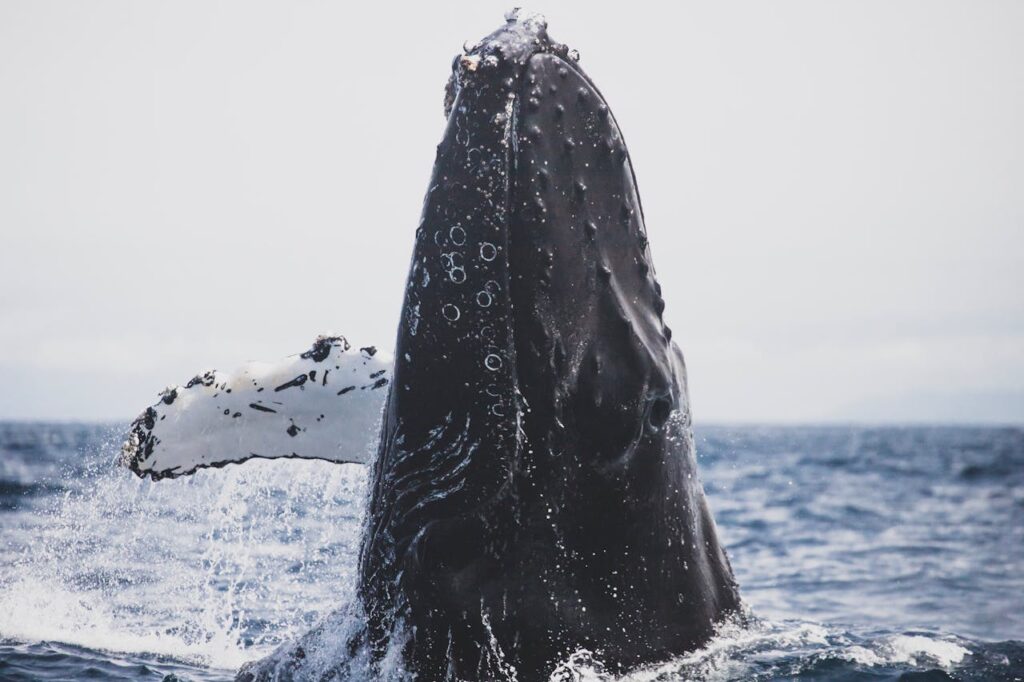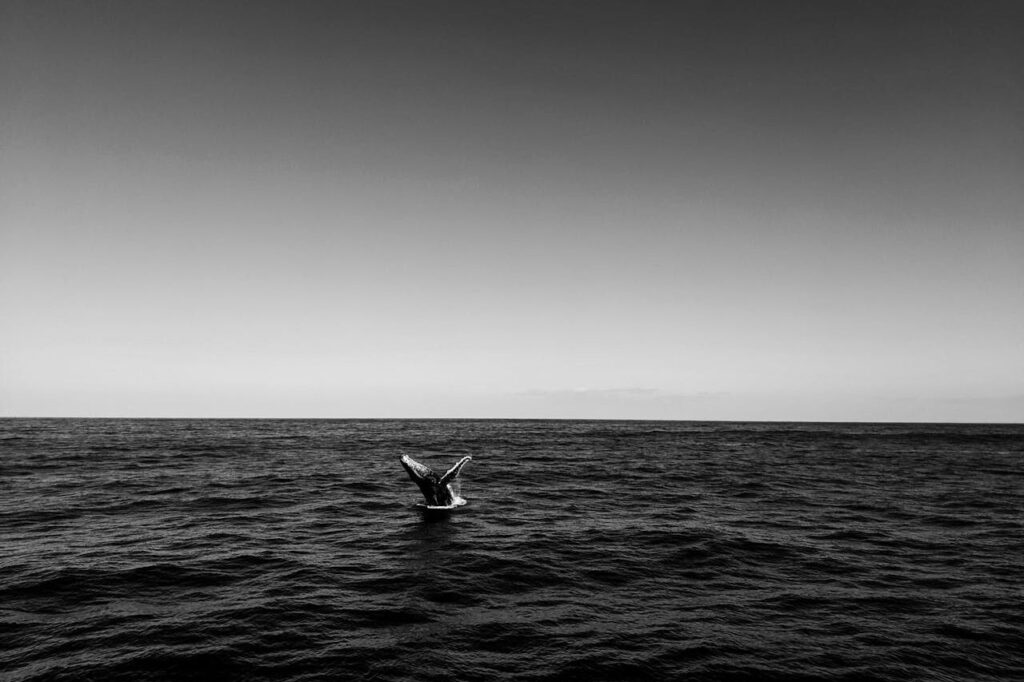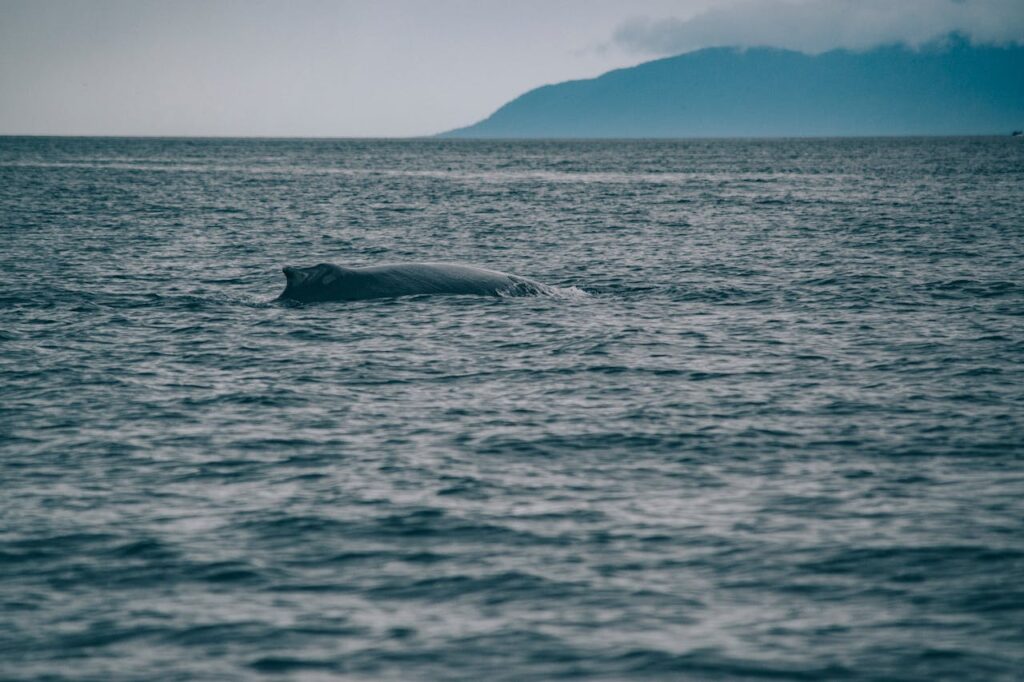1. Monterey Bay, California

Monterey Bay is widely considered one of the best whale-watching destinations in the United States, thanks to its deep underwater canyon that creates a perfect feeding ground for whales. Here, you can spot humpback whales, gray whales, blue whales, and even orcas depending on the season, according to SeaMonterey. One of the best things about Monterey Bay is that you don’t even need to go far offshore to see these magnificent creatures—whales frequently come close to the shoreline. Because of this, both boat tours and land-based viewing spots, such as Point Lobos and Big Sur, offer excellent opportunities for sightings.
The area is home to several well-regulated and eco-friendly tour operators, ensuring that whale watching here is both ethical and exciting. Prices for boat tours are reasonable, with plenty of options ranging from budget-friendly trips to luxury excursions. Since whales migrate through the bay at different times of the year, there is never a bad season to visit. However, if you want to maximize your chances of seeing blue whales—the largest animals on Earth—plan your trip between June and October. The combination of incredible biodiversity, ethical tourism, and year-round sightings makes Monterey Bay a true whale-watching paradise.
2. San Juan Islands, Washington

The San Juan Islands, located off the coast of Washington State, are one of the best places in the world to see orcas in their natural habitat. Unlike many other whale-watching spots where sightings are seasonal, the resident orca pods in this area are seen frequently throughout the year. According to Orca Whale Watch, the waters surrounding the islands provide a rich food supply for these whales, making it a reliable location for incredible encounters. In addition to orcas, visitors can also spot humpback whales, gray whales, and minke whales, adding to the diversity of marine life in the region.
What makes the San Juan Islands truly special is the option for land-based whale watching. Lime Kiln Point State Park, often referred to as “Whale Watch Park,” is one of the best shore-based viewing spots in the U.S. Here, orcas can sometimes be seen swimming just a few hundred feet offshore. If you prefer to get out on the water, there are plenty of tour operators offering boat trips, kayak excursions, and even overnight wildlife adventures. While prices for boat tours can be slightly higher than other destinations, the quality of the experience and the high probability of sightings make it worth every penny.
3. Cape Cod, Massachusetts

Cape Cod is one of the top whale-watching destinations on the East Coast, offering a front-row seat to some of the most breathtaking marine wildlife spectacles in the U.S. Stellwagen Bank National Marine Sanctuary, located just off the coast, serves as a prime feeding ground for humpback whales, fin whales, and minke whales, according to the Cape Cod Chamber of Commerce. During the peak season, which runs from April to October, massive humpback whales are known to breach the surface, slap their tails, and even interact with boats. The abundance of whales in the area makes Cape Cod a consistently great location for whale watching.
Another reason Cape Cod stands out is the high-quality tour operators that provide educational and environmentally responsible excursions. Many tours are led by marine biologists who share fascinating insights about whale behavior, migration patterns, and conservation efforts. Prices for boat trips are relatively affordable compared to other premium whale-watching destinations, making this an excellent choice for families and wildlife enthusiasts alike. If you prefer to stay on land, head to Race Point Beach in Provincetown, where whales are sometimes visible from the shore. With its high probability of sightings, educational experiences, and reasonable pricing, Cape Cod remains a must-visit for any whale-watching enthusiast.
4. Maui, Hawaii

Maui is home to one of the most incredible whale-watching experiences in the world, thanks to the thousands of North Pacific humpback whales that migrate to Hawaiian waters each winter. From December to April, these massive creatures gather in the warm, shallow waters off Maui to breed, give birth, and nurse their calves, according to The Hawaiian Island. The result is a spectacular display of breaching, tail slapping, and even mothers teaching their young how to swim. The sheer number of whales visible during peak season makes Maui a dream destination for anyone wanting to see these gentle giants up close.
One of the best things about whale watching in Maui is the variety of ways you can experience it. While boat tours offer unforgettable encounters, you can also see whales right from the shore at places like Lahaina, Makena Beach, and McGregor Point. Many operators provide eco-friendly and educational tours, often incorporating hydrophones so you can listen to the mesmerizing songs of the whales underwater. Prices for tours vary, but with so many options available, it’s easy to find an experience that fits your budget. Whether you’re on a boat or simply relaxing on the beach, Maui offers some of the most magical whale-watching moments in the U.S.
5. Depoe Bay, Oregon

Depoe Bay, located along Oregon’s scenic coastline, is often overlooked compared to California and Washington, but it offers one of the most unique whale-watching experiences in the country. Unlike many other locations where whales are only seen seasonally, Depoe Bay has a group of resident gray whales that stay in the area from March through December. This means visitors have an excellent chance of spotting whales almost year-round, according to the Whale’s Tail Charters. The rugged coastline and small, intimate tours make this an ideal spot for those looking for a more peaceful and authentic whale-watching adventure.
One of the best parts about Depoe Bay is that you don’t necessarily need a boat to see whales. The cliffs and viewpoints along the Oregon coast offer fantastic land-based whale watching, particularly at places like the Whale Watching Center and Cape Foulweather. However, if you do choose to take a boat tour, you’ll find that the smaller vessels used in Depoe Bay provide a much more personal experience compared to the large, crowded boats in other destinations. Prices are very reasonable, making this one of the best-value whale-watching spots in the U.S.
6. Channel Islands, California

The Channel Islands, located off the coast of Southern California, offer an extraordinary whale-watching experience that is often overshadowed by more famous spots like Monterey Bay. These islands are a hotspot for marine biodiversity, with the surrounding waters serving as a major migratory path for blue whales, gray whales, and humpbacks. From May through November, blue whales—the largest animals on Earth—can be seen in this region, making it one of the best places to witness these incredible creatures.
Because the Channel Islands are less commercialized than other California whale-watching destinations, tours here tend to be more intimate and focused on conservation. Many operators use smaller boats that allow for closer encounters while still respecting the whales’ natural behavior. In addition to whales, visitors often see pods of dolphins, sea lions, and even rare seabirds. The combination of breathtaking scenery, diverse wildlife, and fewer crowds makes the Channel Islands one of the best-kept secrets for whale watching in the U.S.
7. Virginia Beach, Virginia

While most people don’t associate Virginia Beach with whale watching, this coastal city offers one of the best opportunities to see migrating humpback whales on the East Coast. From December to March, humpback whales travel along the Virginia coastline, making this an excellent winter whale-watching destination. Unlike many other whale hotspots that require long boat rides, the waters off Virginia Beach allow for relatively short and accessible tours, making this a great option for families and casual wildlife enthusiasts.
In addition to boat tours, the Virginia Aquarium & Marine Science Center offers educational programs that enhance the experience by providing insight into whale migration and conservation efforts. Prices for tours are quite affordable compared to major tourist destinations, making this a budget-friendly alternative for those looking to witness these majestic creatures. If you’re looking for an unexpected but rewarding whale-watching experience, Virginia Beach is well worth a visit.
1. Boston, Massachusetts

Boston is often advertised as a prime whale-watching destination, but in reality, it doesn’t compare to Cape Cod, which offers far more consistent sightings. While tours from Boston do travel to Stellwagen Bank, they often take longer and cost significantly more than trips departing from Cape Cod or Provincetown. The larger tour boats can also be overcrowded, reducing the quality of the experience.
Many tourists book Boston whale-watching tours expecting an easy trip, but they often find themselves spending more time on the boat than actually seeing whales. If you want the best experience, it’s better to take a trip directly from Cape Cod, where the whales are closer and the tours are often more reasonably priced.
2. San Diego, California

San Diego is a fantastic city for many things, but whale watching isn’t its strongest attraction. While gray whales migrate along the California coast, they tend to stay farther offshore near San Diego, making sightings less reliable compared to places like Monterey Bay or the Channel Islands. Tours here are often pricey, and many tourists end up disappointed by distant or brief sightings.
Additionally, some companies in San Diego charge premium prices while offering little in terms of educational value or conservation efforts. If you’re in California and want a truly spectacular whale watching experience, it’s better to head north to Monterey or the Channel Islands for more guaranteed sightings.
3. Miami, Florida

Miami is marketed as a whale-watching destination, but the reality is that it doesn’t have nearly the same level of sightings as other locations on this list. While some species do pass through Florida’s waters, they are not nearly as abundant as in Hawaii, Cape Cod, or the Pacific Northwest. Many Miami tours rely on the allure of dolphins and other marine life to justify their high prices, often leaving tourists underwhelmed.
If you’re looking for an authentic whale-watching experience, it’s best to skip Miami and head to the East Coast’s more reliable destinations, like Virginia Beach or Cape Cod.


